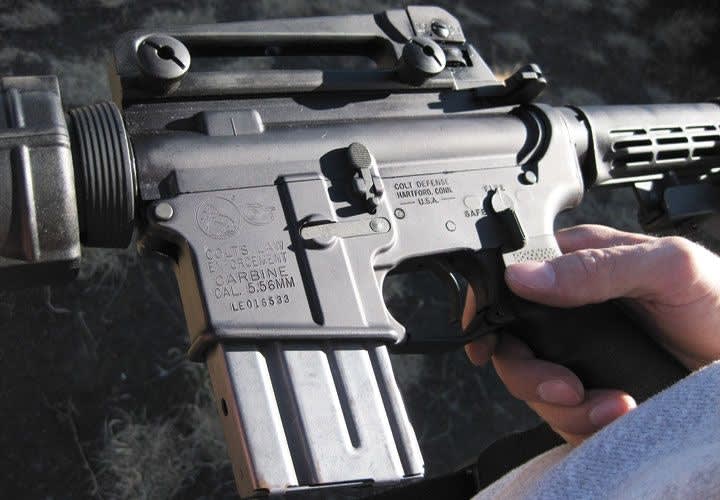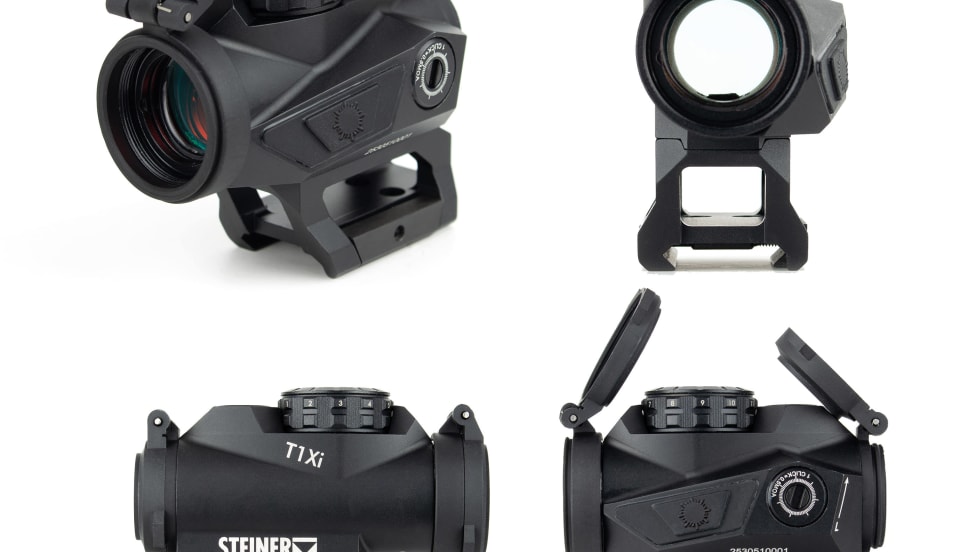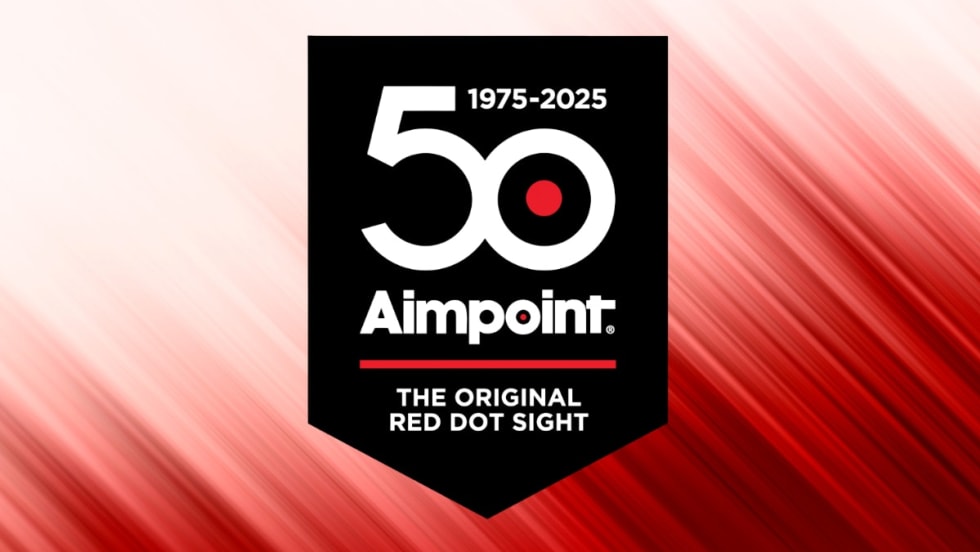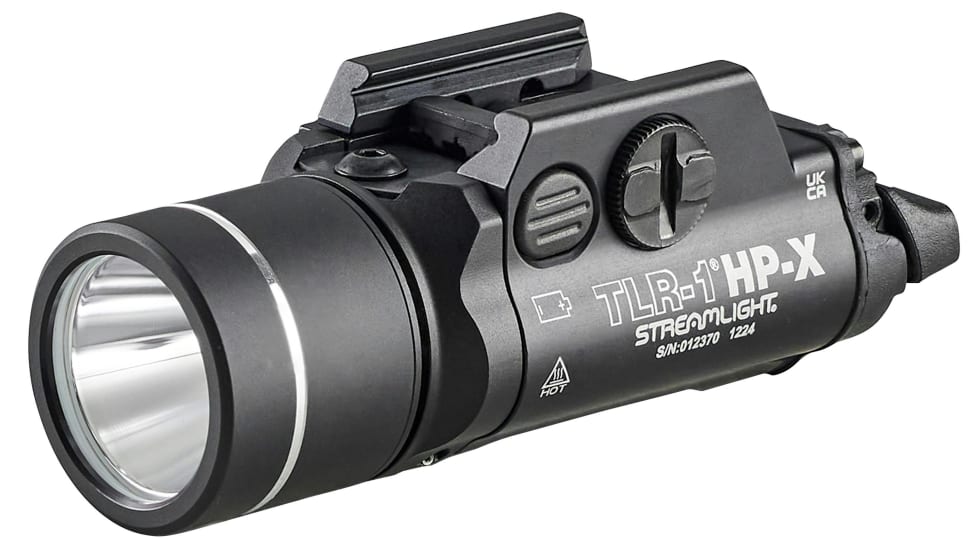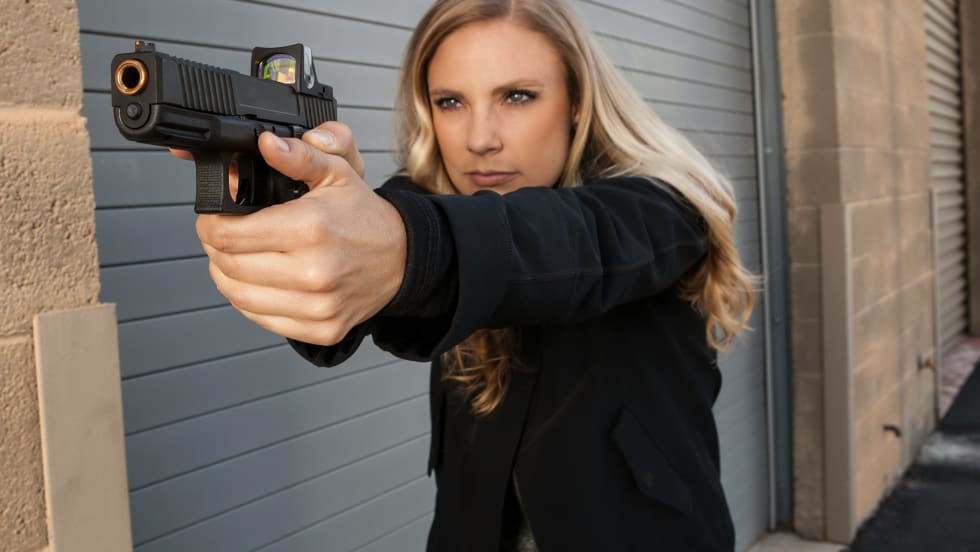For starters, I can easily install a forward vertical grip and a SureFire tactical light on the LE6940's monolithic rail system. I also have enough room on the rail for a high-quality red dot with or without a 3X Magnifier. I can even turn a Colt LE6940 into a precision rifle by installing a magnified optic like a Trijicon ACOG or a Leupold scope on the rail, which is built into the one-piece upper receiver.
It is important to note that the one-piece upper receiver, which includes the rail, provides an incredibly stable platform that enables the operator of a Colt LE6940 to deliver super accurate shot placement. According to my contact at Colt, who put this in slightly more technical terms, the benefit of a monolithic rail is that "the one-piece upper receiver offers 100-percent zero retention of optics."
Mil-Spec Quality
The Colt law enforcement carbines are both built to Mil-Spec, and that means something. For an M16 or M4 to be considered 100 percent Mil-Spec, the rifle or carbine must be manufactured to certain government standards with certain high-quality parts and must routinely pass every government inspection and testing procedure dictated by the contract. In fact, only select fire M16s and M4 Carbines that are built to strict government standards can be considered Mil-Spec.
It takes 357 "gages" (testing procedures and inspections) to produce one Mil-Spec select fire Colt M4 Carbine. For example, when Colt builds Mil-Spec barrels and bolt assemblies, it proof tests the rifle barrels with 70,000 psi cartridges followed by magnetic particle inspection (MPI) testing. MPI testing checks for any breakdown in metallurgy, any flaws, deformities, or cracks in steel barrels or their Parkerized coating. Bear in mind that the average 5.56 M855 FMJ round of ammunition has a psi factor of 52,000.


